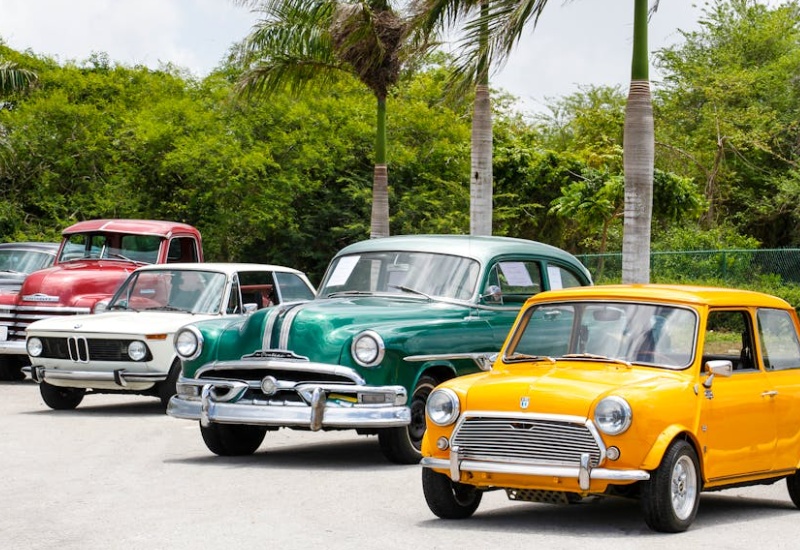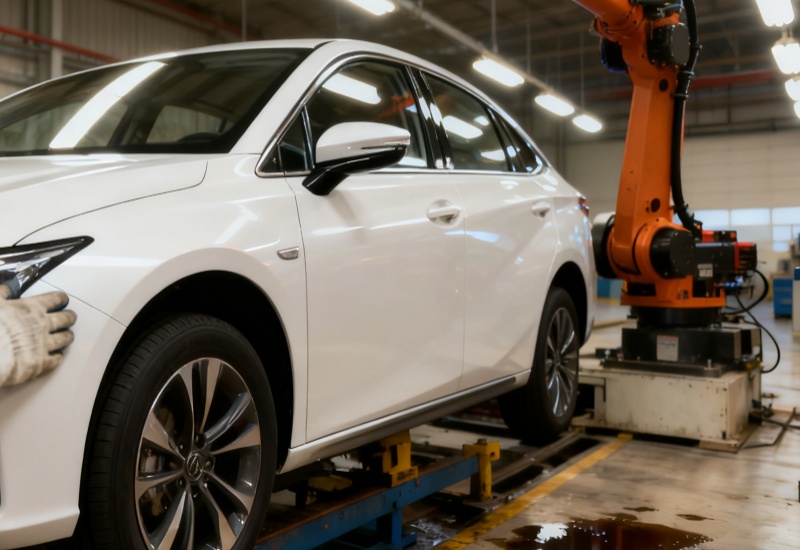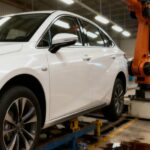The United States has recently imposed tariffs of up to 25–30% on South African automobile exports, dealing a direct blow to the country’s automotive manufacturing sector. As South Africa’s second-largest export industry, automotive manufacturing contributes roughly one-fifth of the nation’s total manufacturing output and has long relied on the U.S. as its primary export market. According to data from the Financial Times and Reuters, South African vehicle exports to the U.S. plummeted by more than 80% year-on-year in the second quarter of 2025. In response, several automakers and component suppliers have been forced to scale back production or halt operations entirely.
Particularly for component manufacturers such as Jendamark Automation, sharply declining export orders have created significant operational pressures. The National Association of Automobile Manufacturers of South Africa (NAAMSA) has warned that tens of thousands of jobs could be lost in the industry if the tariffs remain in place for an extended period. Industry insiders widely agree that the shift in U.S. trade policy has exposed a structural vulnerability in South Africa’s automotive sector: its heavy reliance on a single export market.

Government Drives Electric Vehicle Transition
In response, South Africa’s government and automakers are accelerating the electric vehicle (EV) transition. The government has announced a series of incentives, including tax breaks and investment subsidies for electric vehicle (EV) manufacturing and key components. These measures are part of a broader strategy to develop local battery production and charging infrastructure, aiming to attract foreign investment, boost domestic manufacturing, and reduce dependence on both traditional fuel vehicles and the U.S. export market.
In parallel, Asian automakers are rapidly expanding their presence in South Africa. Manufacturers from China, Japan, and India are setting up assembly lines in industrial hubs such as Pretoria and Gqeberha (formerly Port Elizabeth), positioning the country as a strategic production base for the African continent. Several companies have outlined plans to launch locally assembled electric vehicle models within the next three years, leveraging domestic production to benefit from policy incentives and secure a competitive cost advantage.
EV Growth Faces Infrastructure Challenges
While the EV shift creates new opportunities, South Africa still struggles with power shortages, weak infrastructure, and low domestic demand. The local supply chain depends heavily on imported parts, limiting competitiveness. Without sustained investment in energy stability, research, and production capacity, EV growth may stall.
In summary, while U.S. tariff pressures have plunged South Africa’s automotive industry into immediate difficulty, they have also served as a critical catalyst for its structural transformation. In the years ahead, the country’s ability to achieve a breakthrough in the new energy vehicle sector will ultimately define its new role and position within the global automotive landscape.










